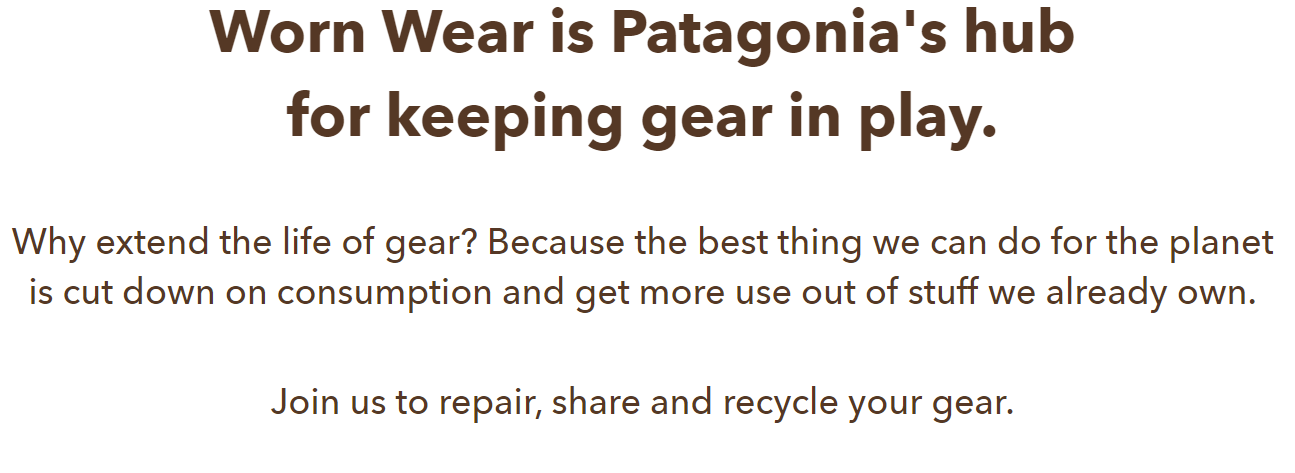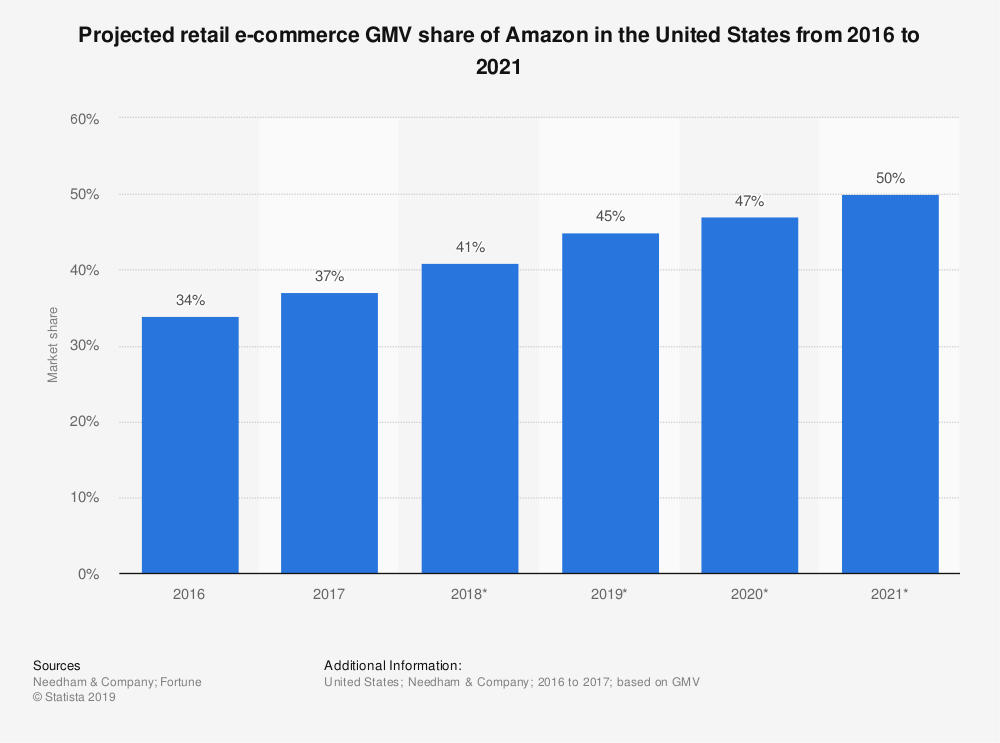
As more shoppers fear going into a physical store or have gotten used to the convenience of online shopping, Shopify is well placed to become the next retail superpower. Here is why.
Ecommerce as share of retail will grow
We’re nearing the end of the lockdown and the retailers who survived it can finally open up their offline stores again. Does it mean that thousands of shoppers will now crowd in front of the retail outlets shopping for a new look, new makeup and all the products they couldn’t get hold of during the lockdown?
Data seems to be saying the contrary – A recent study by First Insight found that 78% of women would not feel safe testing beauty products, 65% would not feel safe trying on clothes in a dressing room and 66% would not feel safe working with a sales associate.
Something more than just fear is at play though. During the lockdown, many shoppers had to overcome their distrust of buying things online – 14% of UK shoppers used online grocery delivery for the first time during the pandemic. It’s not only buyers who go online though, it’s also the sellers. In a survey for the website builder GoDaddy, a fifth of micro businesses said they had gone online for the first time during lockdown and nearly half that their use of digital and social media tools had increased.
Once buyers have grown comfortable shopping from their living rooms, why would they decide to drive all the way to a physical store with its limited inventory, especially if they perceive it as a threat to their health and life?
Growing anti-Amazon sentiment benefits Shopify
It seems certain that ecommerce will grow as share of retail. But I’d also like to argue that a few big players will emerge as winners and own this sector and that Shopify is going to be one of them.
While Amazon remains the biggest ecommerce platform in the US, it’s very likely that Shopify has just quietly become the second biggest one. Shopify is just a tool to build an ecommerce store, not one central site so it’s quite hard to estimate the total traffic or sales volume of all the Shopify sellers. However, a recent article by Financial Times claimed that Shopify’s GMV has already exceeded that of eBay. Which would indicate that Shopify is already the second biggest player in the US ecommerce.
While Shopify might never surpass Amazon which aggregates products from thousands of small businesses in one central site and thus benefits from a network effect, its share should keep growing. One reason for this is the growing anti-Amazon sentiment, both among buyers, outraged by their treatment of warehouse workers, and among sellers who fear that selling on Amazon could damage their brand.
At least at the moment, apart from a few analysts, the public opinion is largely enthusiastic about Shopify.
Shopify increasingly moves up market
A part of Shopify’s charm is in its humble beginnings. The founder, Tobi Lutke, first wrote the code for the platform to build his own ecommerce store. He quickly realized that the software he created was more valuable than the store itself and started a new company, whose mission was to help hopeful entrepreneurs easily start an online retail business.
Fast forward to 2020 – more than one million companies use Shopify’s software and a vast of majority of them are tiny entities, often one-woman businesses. However, when household names such as Heinz or McDonald’s decide to create their online presence, the Canadian company is often their platform of choice. Even the world’s biggest luxury products maker, LVMH, started using Shopify for some of their brands.
One reason for that is certainly the momentum – some of the Shopify sellers quickly grew into widely recognizable brands (Alo Yoga, Rothy’s, Allbirds, Outdoor Voices to name only a few) which gave the platform the hot status that its competitors like BigCommerce or SalesForce Commerce Cloud arguably lack.
But the main reason for the platform’s success is certainly the app ecosystem. While Shopify’s main software is less sophisticated than that of its competitors, the fact that it can be paired with one of 2400 apps created for the platform gives sellers unlimited possibilities. There is an app for international marketing, an app for buying stock, an app for product recommendations… There is an app for anything. A project that could take months of work and cost thousands of dollars using a traditional ecommerce technology can be achieved in a matter of days on Shopify.
Compared to Amazon, the cost of operating a Shopify store is lower (roughly 2% commission compared to 10-20% on Amazon) and less risky for the brand.
That’s why, if Shopify manages to maintain its coolness, it will pose a much more serious threat to Amazon than Walmart or eBay.






 Google Shopping is just the right tool to win this Holiday season
Google Shopping is just the right tool to win this Holiday season







